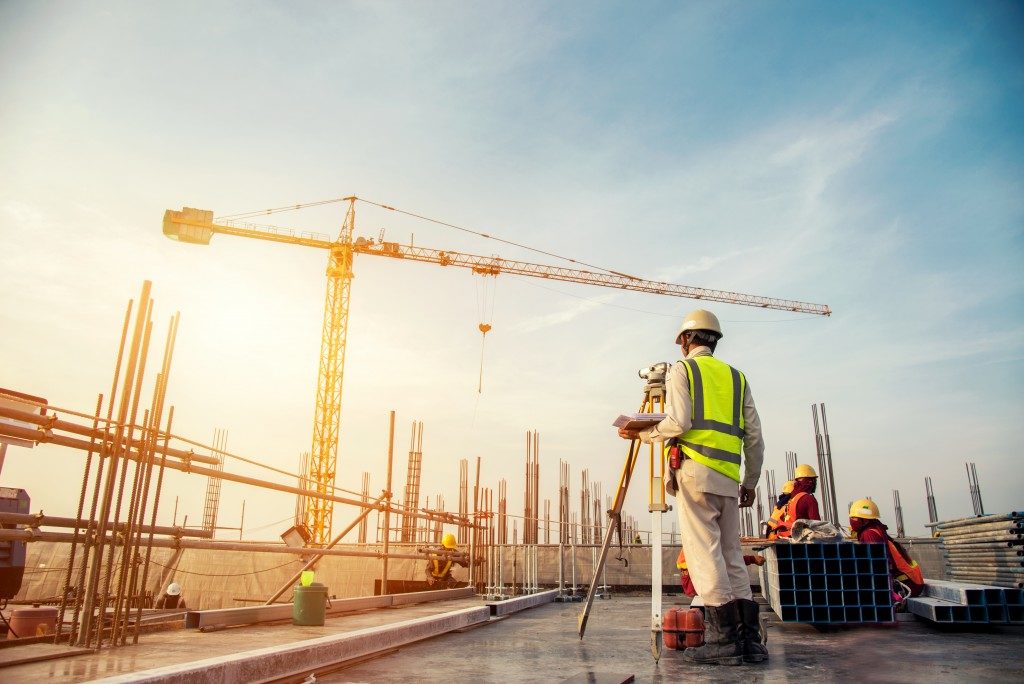In almost every aspect of life, we are faced with guidelines that require compliance. These regulations are typically designed for maintaining order or, more importantly, for promoting safety. Some rules, however, must be followed strictly to avoid serious legal consequences.
The latter rings true in the industry of structural development, where the safety of a huge number of people and the environment are frequently at risk.
Below, we’ll tackle several regulations that are commonly enforced in the field of construction to promote the welfare of workers, the environment, and the general public.
Building Codes
First off, we have building codes. A building code is a set of guidelines established by any local governing body or community, stating the minimum standards for the development of buildings and non-building structures.
Building codes are generally applied by architects, engineers, contractors, and regulators while a project is underway. Additionally, they are also followed for different purposes by safety supervisors, real estate developers, subcontractors, environmental scientists, or any professionals involved in the industry of architectural development.
Specifications

According to a paper published in the Int. Journal of Engineering Research and Applications, the primary specifications of building regulations include standards for structural elements like roofing, wall networks, facades, foundations, halls, and flooring assemblies. There are also standards to uphold for the installation, placement, size, and energy efficiency of systems like plumbing, electrical, lighting, and HVAC.
Next, fire code rules are followed to minimize risks of fire incidents. Minimum exit sizes and numbers are established as well to ensure safe and efficient evacuation in case of an emergency. Proofing against natural disasters, like floods, earthquakes, and hurricanes, is also required in areas that are prone to such calamities.
Temporary Traffic Control
Temporary traffic control entails the use of specific devices and personnel to help drivers pass safely through areas where road conditions are impacted by construction work. Its primary purpose is to promote safety and reduce traffic delays while simultaneously minimizing job disruptions.
There are two main types of traffic control devices—short-term and long-term. Here are some examples:
An automated flagger assistance device is used for short processes like tree trimming, asphalt paving, and sewer line repairs. On the other hand, portable traffic lights are utilized for procedures that take much longer, such as culvert replacements, bridge repairs and maintenance, and road reconstruction.
Stormwater Pollution Prevention Plan
The SWPPP is a document outlining a contractor’s efforts to minimize stormwater pollution during a construction project. Erosions that occur in construction sites are common sources of pollutants like sediments. These are hazardous to bodies of water like lakes and rivers. They can also bring harm to flood control facilities. Hence, having a plan for reducing the unintentional production of these substances is necessary for preserving the environment.
In Utah and other areas, the SWPP plans are kept on the construction site and regularly updated throughout the project to reflect all changes. Usually, it is required only for projects that affect more than an acre of land. However, it’s vital to note that the SWPPP regulations vary depending on the state, meaning what’s mandated in California is different from requirements in Utah.
Failure to comply with SWPPP can lead to hefty penalties, such as a fine of $37,500 for each day of violation or even imprisonment.
Building regulations are essential for safeguarding the welfare of the public and the environment. Noncompliance can endanger lives and lead to severe legal issues.




